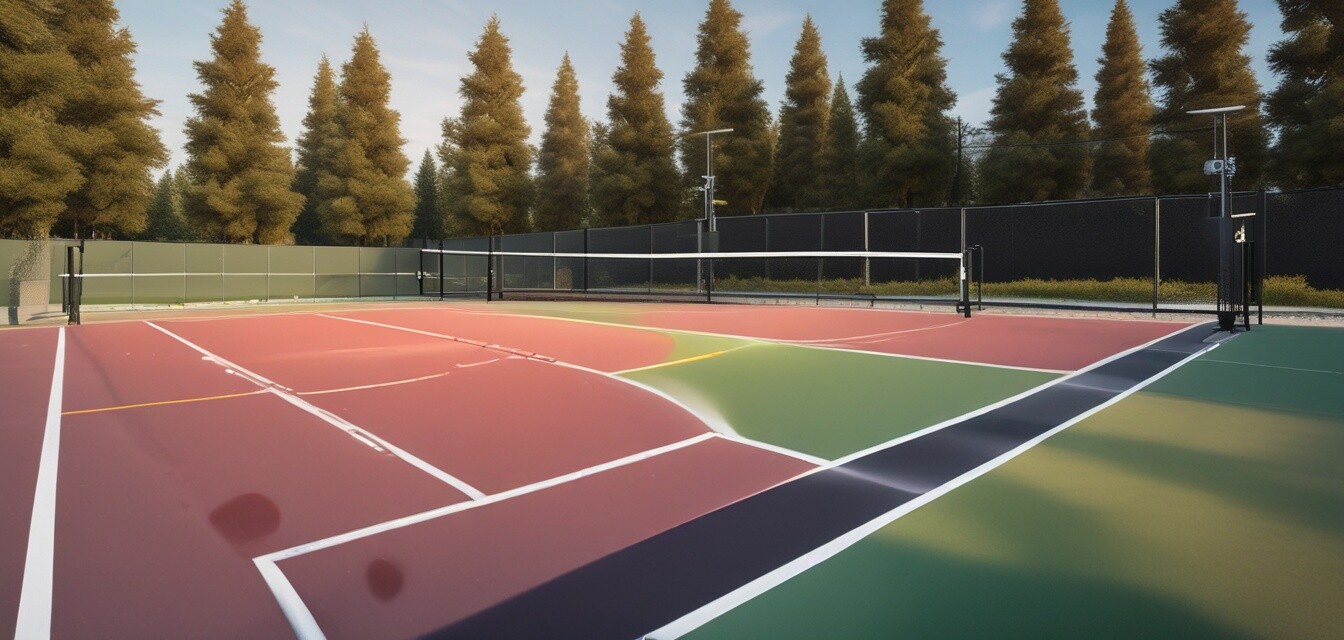
Effective drills for improving reflexes in pickleball
- Reflex drills can significantly enhance your gameplay.
- Consistency is key; practice regularly for best results.
- Engage with different drills to vary your practice routine.
- Incorporate drills with a partner for improved dynamic reflexes.
Reflexes are crucial in pickleball, where quick reactions can make all the difference in securing those critical points. Whether you're a beginner aiming to level up your skills or a seasoned player refining your techniques, incorporating effective drills into your routine can yield impressive results. In this article, we will explore several effective drills specifically designed to improve your reflexes on the court.
Why reflex training matters in pickleball
The pace of pickleball calls for quick decision-making and rapid movements. Improved reflexes allow players to respond effectively to the ball, enhancing their defensive and offensive game. Reflex training focuses on enhancing your ability to react swiftly to stimuli, resulting in better performance on the court.
1. Reaction Ball Drill
This drill involves using a reaction ball to enhance hand-eye coordination and reflexes. You can do this alone or with a partner.
- Equipment: Reaction ball.
- How to perform:
- Drop the reaction ball and let it bounce.
- React to its unpredictable bounces by catching it.
2. Wall Ball Drill
Utilizing a wall to bounce the ball back helps improve quick reflexes.
- Equipment: Pickleball paddle and ball.
- How to perform:
- Stand a few feet from the wall.
- Hit the ball against the wall and catch it as it comes back.
- Vary your distance to increase difficulty.
3. Partner Reaction Drill
Practicing with a partner allows for targeting specific reaction skills during gameplay.
- Equipment: Pickleball paddles and balls.
- How to perform:
- Stand facing each other with your partner.
- One player tosses the ball while the other tries to catch it.
- As you improve, increase the speed of tosses.
4. Shadow Drills
This drill helps to practice footwork and reaction timing without an actual ball.
- Equipment: None.
- How to perform:
- Imagine the movement of an opponent.
- Practice moving side to side, forward, and backward quickly.
- Focus on quick and precise movements.
5. Ball Drop Drill
This simple yet effective drill dramatically improves your reflexes with concentrated focus.
- Equipment: A drop ball or regular ball.
- How to perform:
- Have a friend hold the ball at shoulder height.
- Drop the ball and try to catch it before it bounces twice.
- Vary the height from which the ball is dropped.
Tracking your progress
It’s essential to track your progress as you practice these drills. This will not only help you determine effectiveness but also motivate you to keep improving. Consider keeping a training journal and noting down the number of successful catches, the speed of the ball, and any other relevant metrics.
Consistency is key
To see meaningful improvements, consistency must become part of your training routine. Aim to incorporate these drills at least two to three times a week, and gradually increase the intensity and complexity of your workouts. By adhering to a structured practice schedule, you will start noticing enhancements in your reflexes, which can be a game-changer in competitive matches.
Conclusion
Improving reflexes in pickleball is essential for enhancing game performance. By incorporating the aforementioned drills into your practice, you can develop faster reaction times, sharpen your skills, and elevate your gameplay. Engaging in diverse training techniques keeps your practice fresh and more enjoyable. For more tips and techniques to refine your pickleball skills, visit our Tips & Tactics blog for more insights.
Tips for beginners
- Start slowly and build up your speed as you progress.
- Focus on your stance and readiness before each drill.
- Celebrate small wins; they contribute to your overall improvement.
- Consider joining a local pickleball group to practice with others.
Pros
- Helps enhance gameplay significantly.
- Major improvements in quick response time.
- Variety of drills keeps practice engaging.
Cons
- Requires commitment and consistency over time.
- Some drills may need a partner or specific equipment.
- Improvement might take time before you see results.


